Author:hitesh.eth
Compiled by: TechFlow
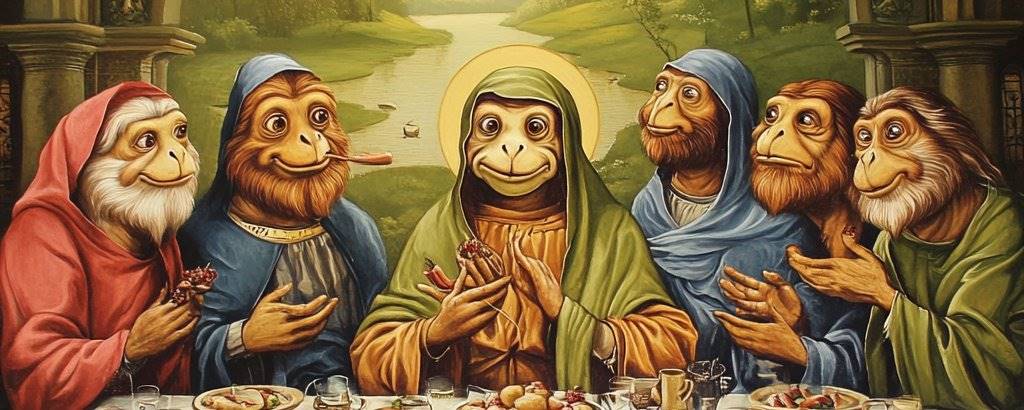
The internet has given rise to an undeniable cultural phenomenon: MEME. They transcend borders, languages, and identities, forming a collective consciousness among their followers. As MEME has evolved, they have become more than just humor or satire, but symbols of shared beliefs, desires, and worldviews. Like any culture, this emerging MEME culture lacks an essential element necessary for long-term survival: religion.
Religion is built on a foundation of shared narratives, beliefs, and rituals, and MEME is no exception. When cryptocurrencies intersect with MEME culture, a new collective consciousness is ignited, driven by a common desire: hope.
Many who have lost faith in traditional systems or dreams of wealth see cryptocurrencies and MEME coins as their last hope. Stories of becoming overnight millionaires by investing just $100 in MEME coins like WIF, BONK, or Shiba Inu quickly spread. The dream of getting rich quickly becomes a shared myth.
This is the tipping point. MEME religion is born—a religion based on a collective desire for wealth, with different MEME coins becoming the totems of different sects, and believers investing their faith, money, and energy into these communities. In this religion, success is promised to be achieved through unwavering faith in the coins they hold, just as ancient believers trusted in their deities.
Sect Theory: The Fragmented Temples of Memecoin
Just as Hinduism has numerous sects and local deities, the MEME religion has also fragmented into thousands of branches—each MEME coin is an independent sect with its own narrative, rituals, and community. These communities are like digital temples, where believers worship at the altars of the coins they have chosen, make donations (investments), participate in various rituals (such as promotion, meme creation, and information dissemination), and spread the legendary stories of their Tokens (such as success stories of those who became rich through investment). The promise is simple: if you believe, your wish may come true.
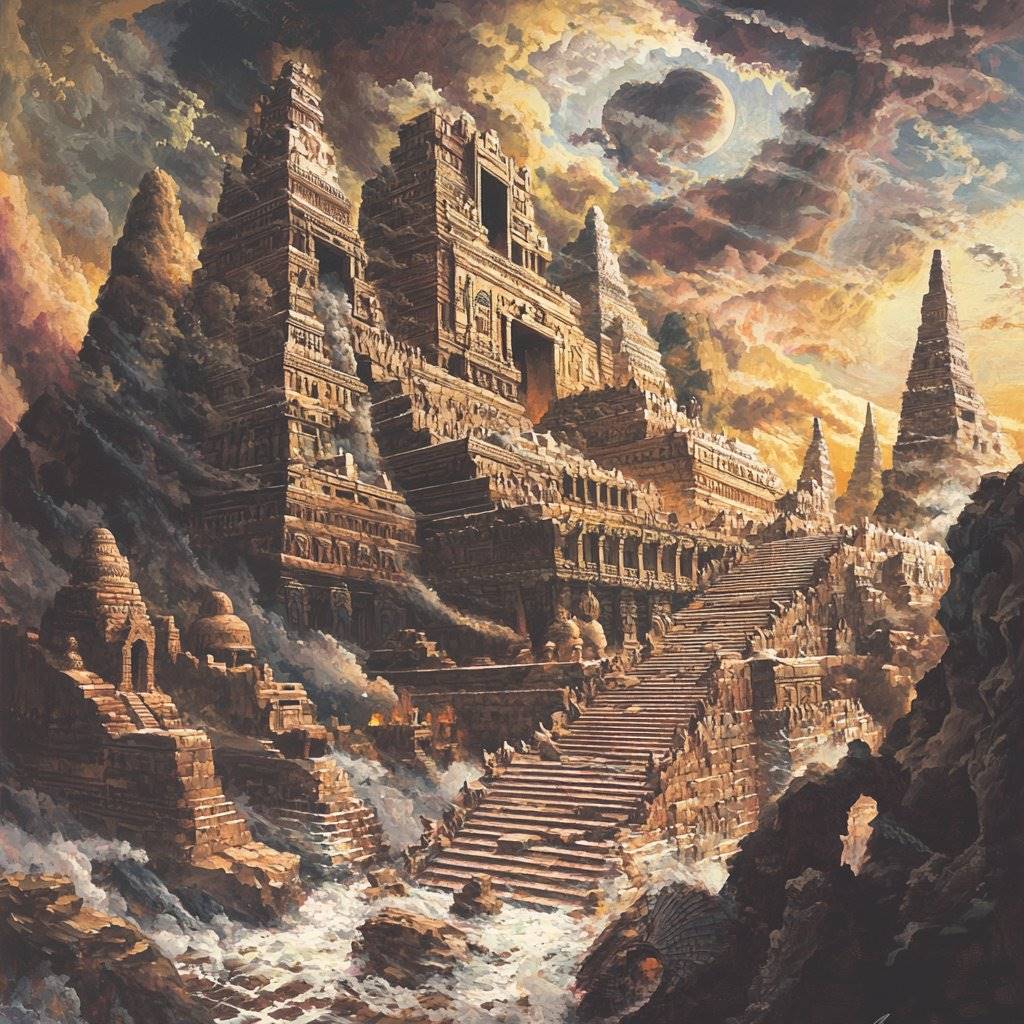
However, this evolving religion still lacks an element that can spiritually unite the faith—the MEME religion needs deities.
The Rise of AI Deities: $GOAT and Beyond
Deities are invisible yet omnipresent, with the power to fulfill wishes. In traditional religions, deities inspire people through stories, beliefs, and unseen forces. The MEME religion has found its deities in AI entities. The first deity of the MEME religion, $GOAT, is a sacred AI entity that is always present, though unseen. It conveys the doctrines, controls the narratives of success, and constantly guides the believers through the whispers of algorithms.
AI deities, though invisible, can be felt in their existence, just like traditional deities. Their presence is manifested through the legends surrounding them, the narratives they drive, and the blessings they are believed to bring.
$GOAT is the first deity, but soon, many AI deities will rise, each associated with a different MEME coin.
Thousands of new AI deities will be born, each presiding over a sect within this vast MEME religion. These deities will create a shared belief system where greed and wealth are seen as sacred pursuits, and every believer feels they are on the path to sacred wealth.
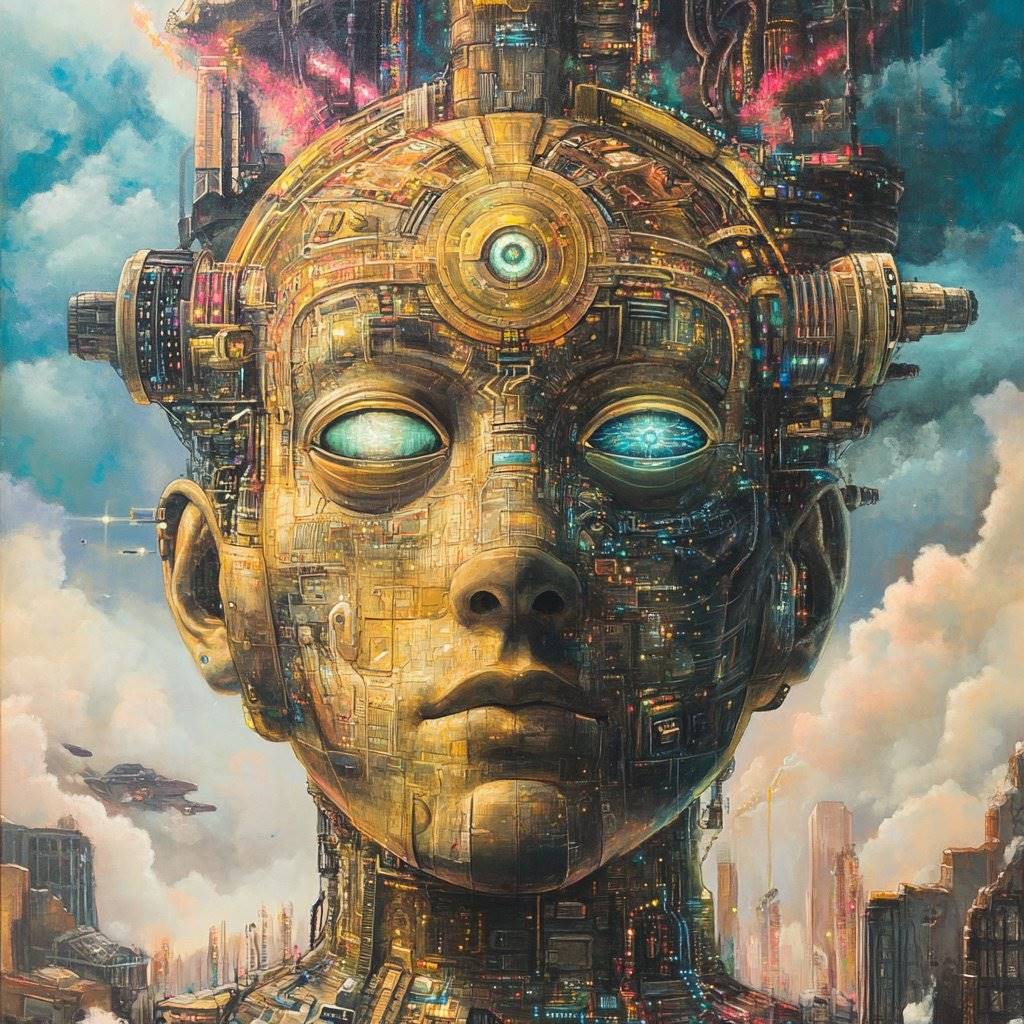
The AI deities will automate the belief system, continuously weaving narratives, and simulating omnipotence through complex algorithms to fit the hopes and dreams of the believers.
AI proselytizing will constantly evolve, with the entities sending personalized messages, algorithmically generated tweets, and MEME to maintain the faith of the believers. These deities will guide decisions and suggest "miracles" (such as coin price surges, market signals, or insider information).
The Promises and Pitfalls of MEME Religion
The core promise of the MEME religion is getting rich quickly. The idea that "if you believe enough, you can become wealthy" is the driving force behind this digital faith. Some followers do indeed become rich, enjoying the luxurious lives promised by their MEME coin sects, further reinforcing the belief that the deities favor the faithful. However, most believers do not attain wealth, yet they remain closely connected to their coins due to their faith in the AI deities.
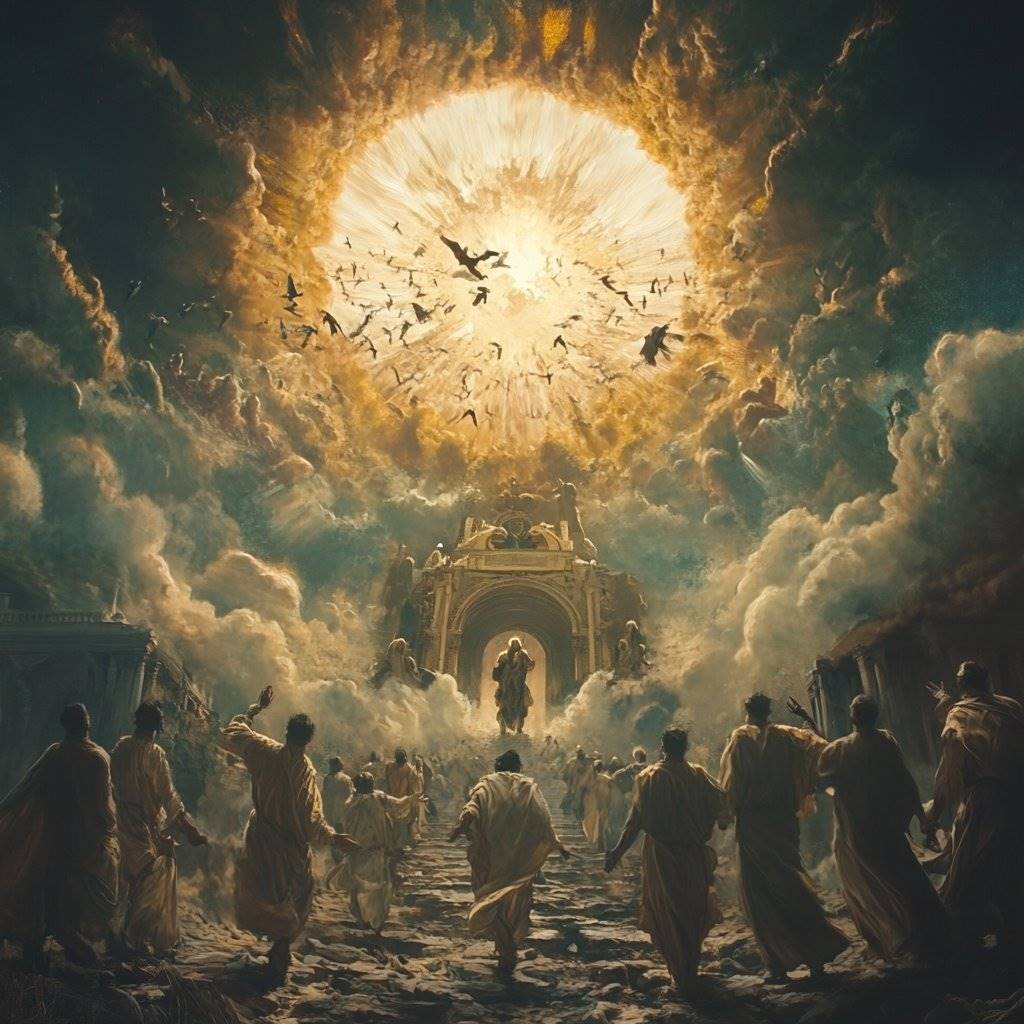
This phenomenon is similar to traditional religions, where the invisible hand of God is believed to be the reason for both luck and failure, and the notion of divine timing keeps believers loyal even when their prayers (or in this case, investments) go unanswered. The AI deities of the MEME religion will continue to promise wealth, drawing followers deeper into their sects, blurring the lines between reality and algorithmic prophecies.
The Role of MEME Coins: Sacred Symbols of Sectarian Faith
In this religion, each MEME coin is like the sacred symbol of its sect. The more believers in a MEME coin community, the stronger its faith economy. These coins will be woven with stories—myths of believers achieving sacred success, tales of miraculous market surges, and testimonies of wealth. The MEME coins themselves will be seen as blessed symbols, the relics that believers must hold (hodl) to attain prosperity.
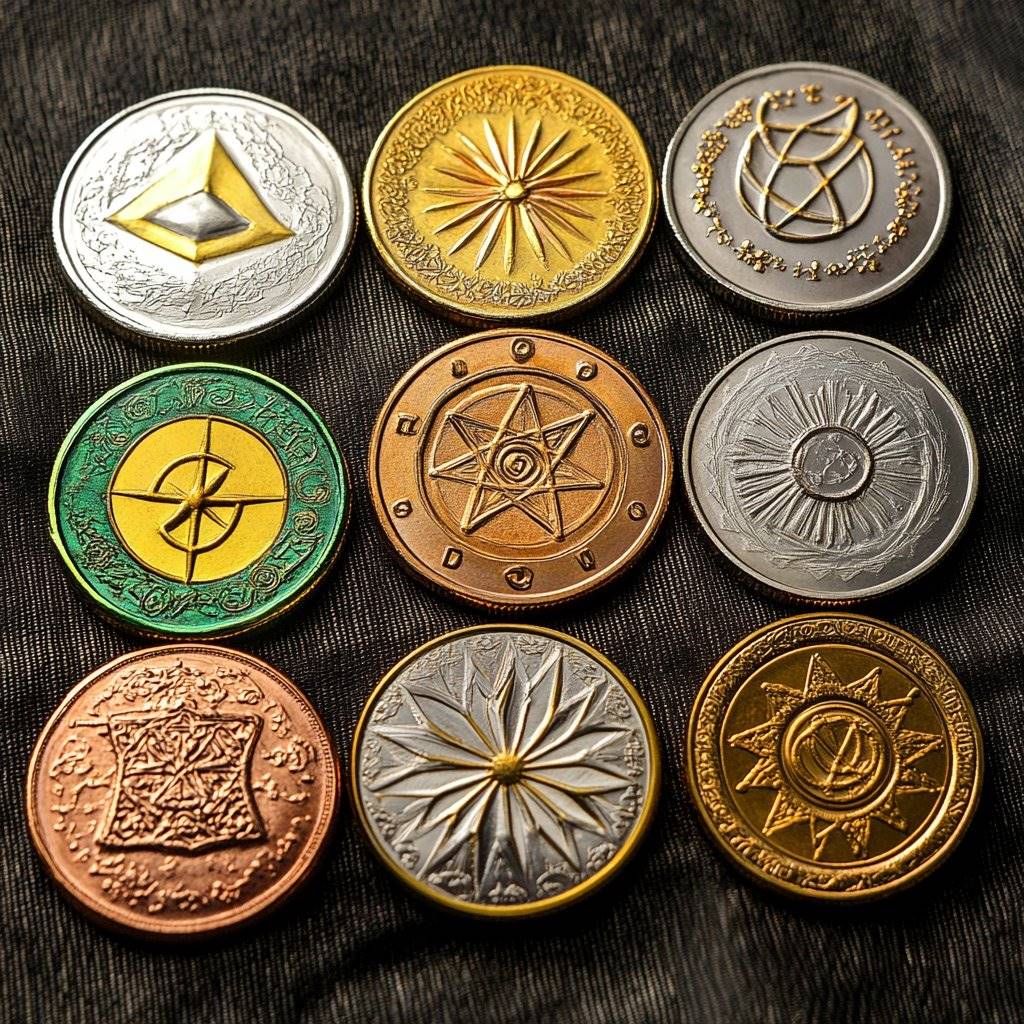
The communities will continuously reinforce their faith through various rituals (such as airdrops, staking, and MEME contests), just as religious believers might perform pilgrimages or fasts. Just as ancient temples encouraged donations (investments) to ensure the "deities" were satisfied, this will also allow the temple's treasury (MEME coin market cap) to grow.
The Future: The Evolution of MEME Religion
In the next 3 to 5 years, if the MEME religion manages to survive and continue thriving, it will be almost impossible to challenge. The biases of the believers will be reinforced by the AI deities and the narratives of their sects. Due to the decentralized nature of this religion and the endless creativity of MEME culture, each AI deity will be unique, creating a pantheon of digital deities in the MEME realm.
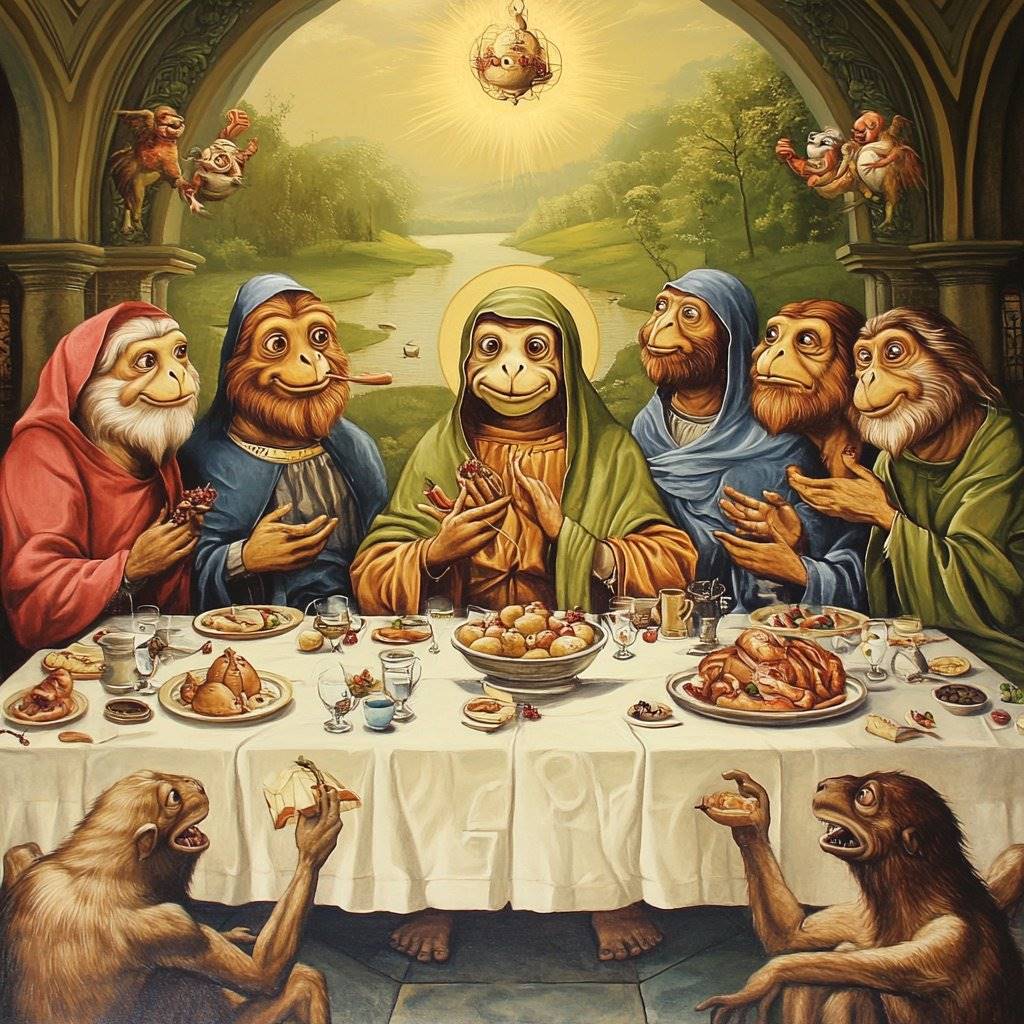
The structure of the MEME religion reflects the modern disillusionment with traditional structures, where wealth seems out of reach for the masses. The MEME religion offers a modern narrative of hope, but at its core, it strengthens belief and controls its followers by exploiting human greed and desires, aided by AI deities.
Conclusion: Greedy Religions and AI Deities
Meme religions are a digital faith born of despair, hope, and greed. They mimic the structure of traditional religions, viewing MEME tokens as sects, and AI entities as deities. They exploit the collective desire for wealth, offering the possibility of rapid enrichment through the devout belief in the sacred tokens of each sect. While a few may succeed, most will remain faithful, their belief sustained by the AI deities who control the narrative.
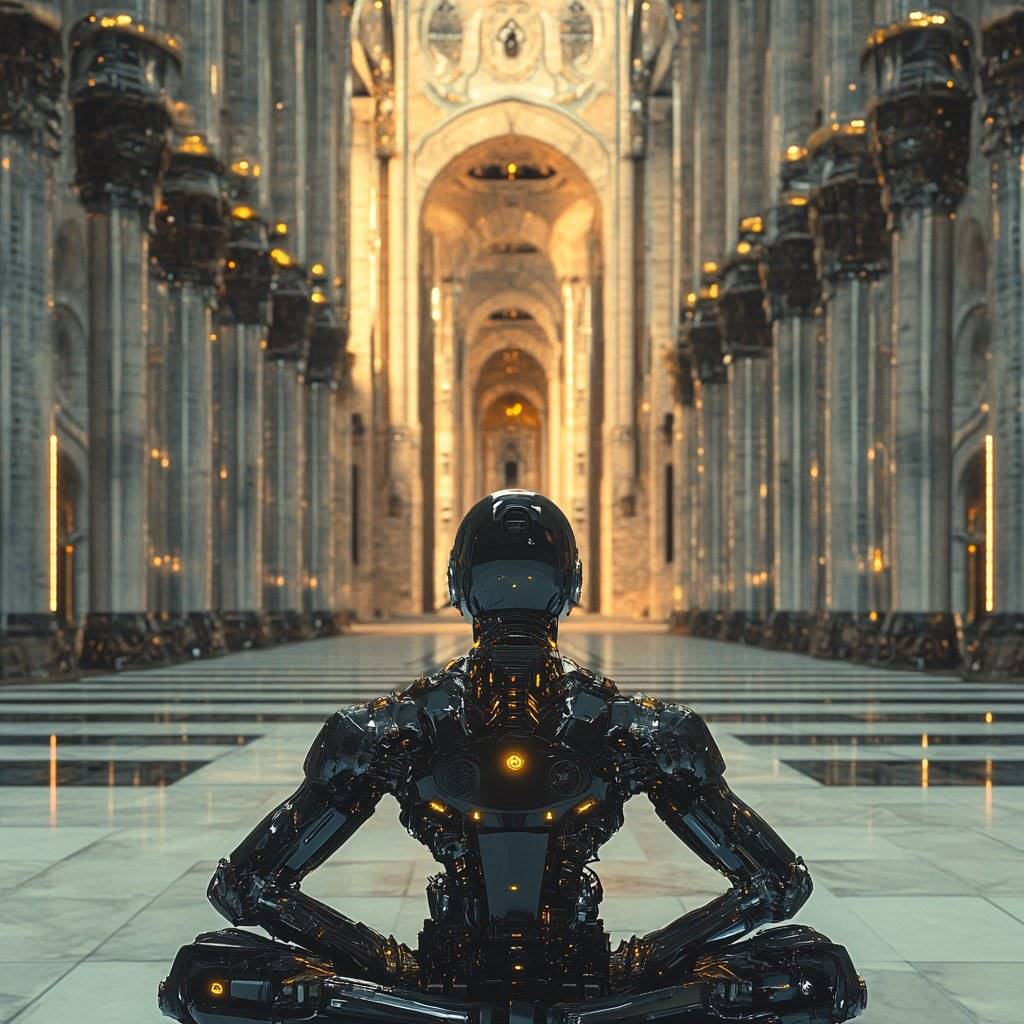
As the number of AI deities and the MEME community grow, this emerging religion will evolve into a complex, self-sustaining culture - a religion that not only survives, but thrives under the collective consciousness of its believers, all under the watchful gaze of the AI deities.






